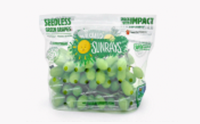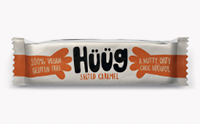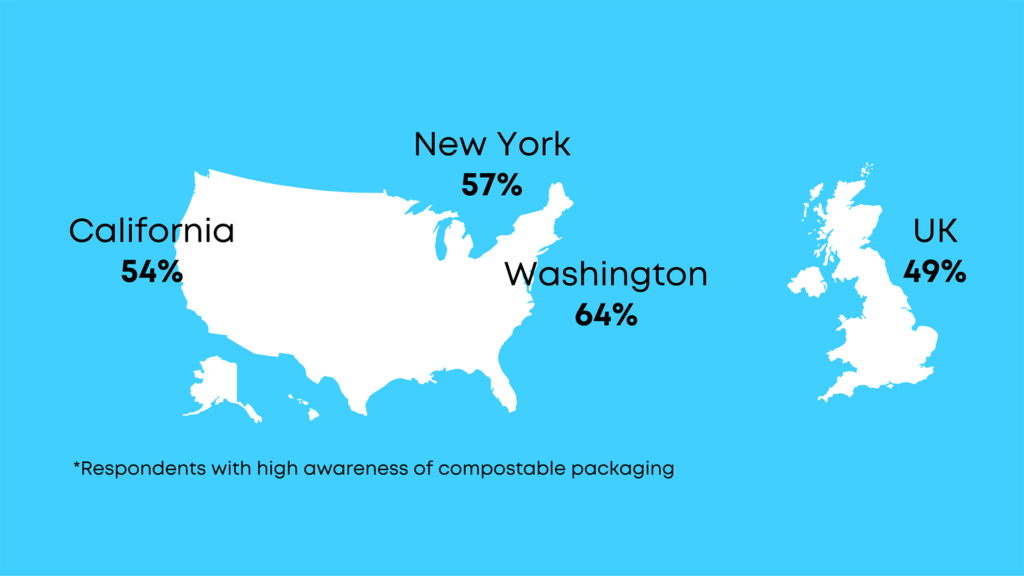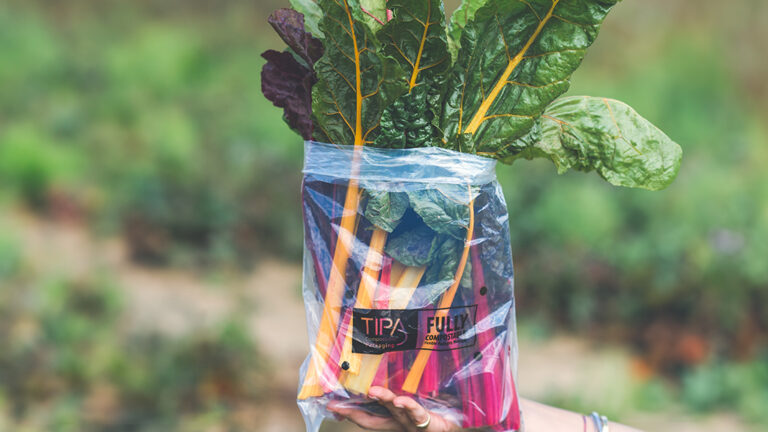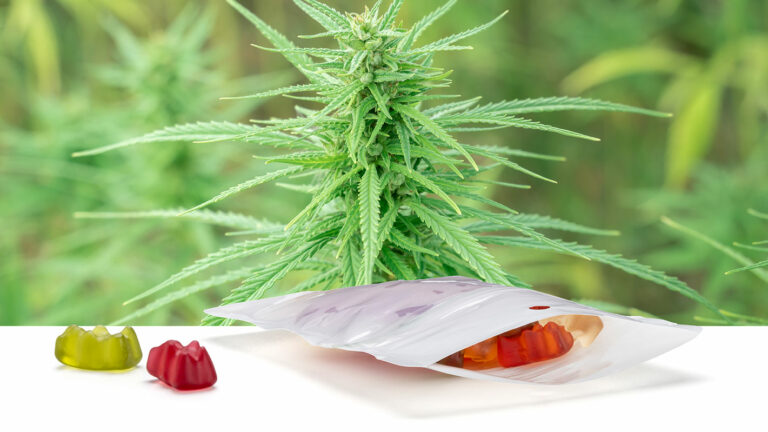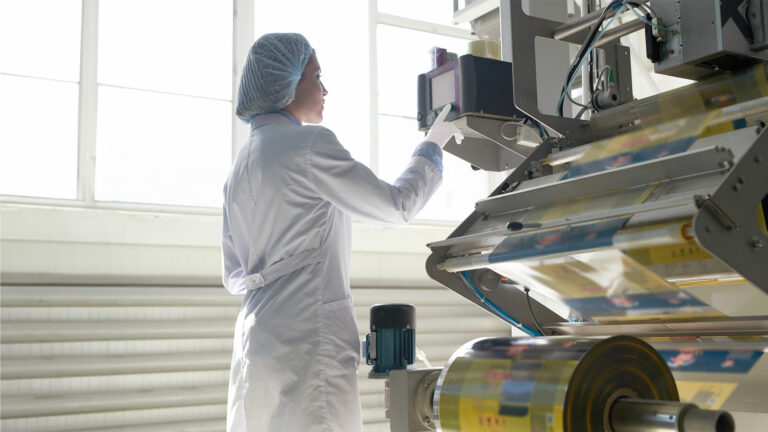Single-use plastic and plastic packaging have long been used for their convenience and affordability. However, taking the direction the world is going, it’s about time we sought more sustainable packaging alternatives.
The detrimental effect of plastic on the environment cannot be ignored. From harming marine life to polluting water and releasing dangerous chemicals during their lifecycle, the negative effects of traditional plastics are becoming more prominent than ever.
TIPA Compostable Packaging conducted extensive research showcasing interesting findings regarding alternative packaging use in the U.S. and the UK. The research offers valuable insights into how consumers in the U.S. and UK perceive and prioritize sustainable packaging. As public consciousness about environmental issues rises, this study highlights a promising inclination towards compostable and recyclable solutions, suggesting a hopeful trajectory for the packaging industry.
Awareness of Plastic Packaging
There are certain industries that are the largest users of plastic and plastic packaging, such as the fresh produce industry at the top of the ladder. Next follow groceries, frozen produce, health and beauty, and the e-commerce industry.
Interestingly enough, an increasing number of consumers are willing to pay more for a product packed in an alternative packaging such as a compostable one. In both the UK and the U.S., the majority of citizens (84%) are seriously concerned about the plastic waste generated by plastic packaging. People in the U.S. and the UK find alternative packaging to be very important in their everyday lives.

On a global scale, there are a number of campaigns highlighting the risks of single-use plastic (carrier bags, drinks bottles, coffee cups, and packaging), and luckily, more and more people are becoming aware enough to seek an alternative.
Exploring the Alternatives
According to TIPA research, many people are aware of compostable packaging but do not know all its advantages. In the UK, 31% of respondents are aware of compostable packaging, while in the U.S., the percentile is around 30%. Alternatively, recycling habits are more prominent, with 50% of the UK’s residents aware and practicing recycling; in the U.S., around 47% of the survey participants responded to being aware of recycling practices.
When surveying preferences, 30% of respondents both in the U.S. and the UK indicated a preference for compostable packaging, while a similar percentage favored recycled packaging. Interestingly, the preference for compostable packaging was nearly on par with recycled packaging, and even surpassed it among those who were familiar with compostable options. This data is promising, especially considering that the general public is more familiar with recycled packaging. It suggests that with increased awareness about compostables, they could potentially become a more preferred choice.


The Relationship Between Consumers and Packaging Alternatives
According to the TIPA results, there are several states in the U.S. with a higher level of awareness for using compostable packaging and even paying more to use one. For instance, Washington and California are at the top of the ladder as the states that are the most willing to recognize, use, and pay for compostable packaging. Surprisingly, New York is a bit less aware.
Over 75% of the respondence are willing to pay 3%-5% for their preferred alternative packaging. Those who prefer compostable packaging are more willing (80%) to pay 3%-5%
for their preferred alternative packaging.

Given the results, customers who prefer compostable packaging are typically more aware of its benefits and are willing to pay a higher cost to have their product packed in compostable packaging compared to those in favor of recycling.
Another intriguing observation is that respondents aged 25-34 perceive the differences between recyclable and compostable packaging as more pronounced (50%-60%) than other age groups. It’s no surprise that they are the most ardent supporters of compostable packaging.

Demand Drives Innovation
Today, we are happy to see a lot of companies using compostable packaging, which has already delivered a positive impact.
For example, the American Fresh Harvest, that deliver organic produce, use TIPA’s home compostable bags for delicate items, ensuring freshness and eco-friendlines; Jac Vandenberg’s SUNRAYS, recognized for their grapes, have adopted TIPA’s compostable zipper bags, catering to eco-conscious consumers across the U.S. and Canada; InstaBrew, makers of portable coffee cubes, have chosen TIPA’s high-barrier laminate for wrapping, merging quality with sustainability; Riverford, an organic grower offering home-delivered veg boxes, have incorporated TIPA’s home-compostable bags to maintain the freshness of their produce, emphasizing quality without compromising on sustainability. These are only a few examples.
Successful initiatives like this one only show that compostable packaging is a practical way to become more sustainable. Additionally, governments around the world are increasingly responding to the concerns of the public regarding package waste, particularly single-use plastic waste.
In that context, governments are dedicated to implementing specific regulations to narrow the window for environmental waste, as we all enhance traditional waste-management processes.
All aspects considered, the world is slowly grasping the full potential of alternative packaging options, especially compostable ones, and with so many resources at hand, we hope we’ll see cleaner horizons for everyone.









